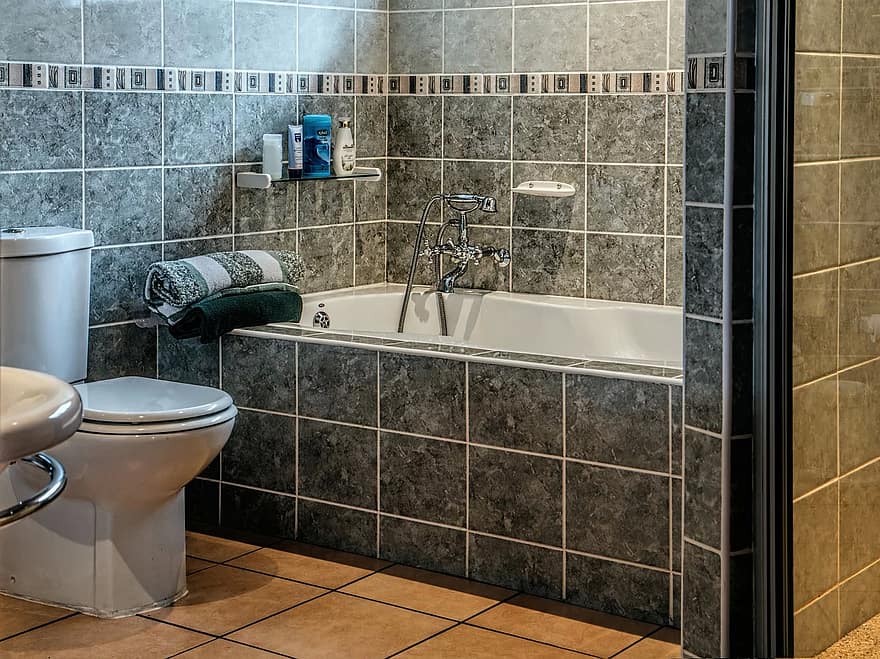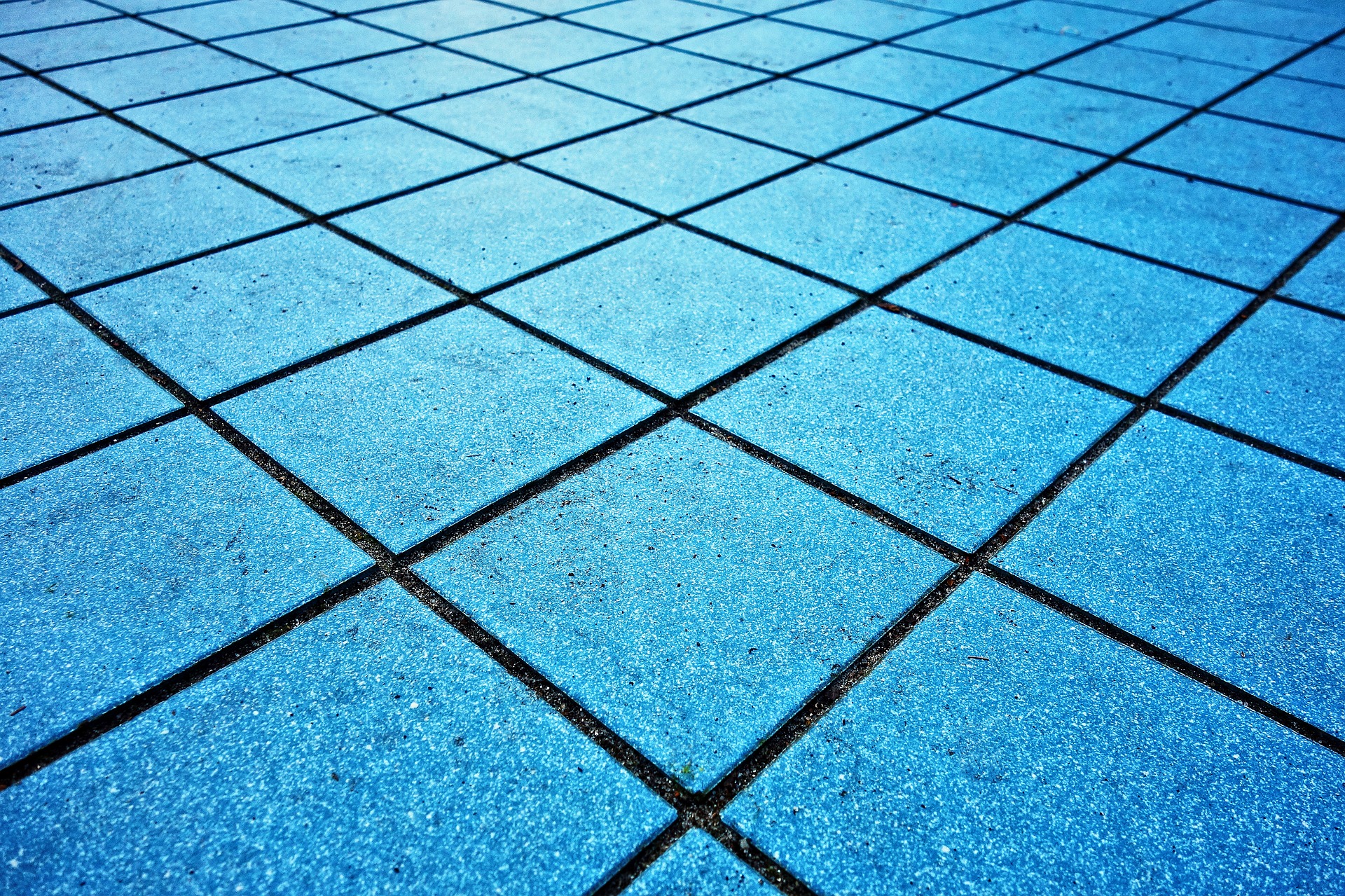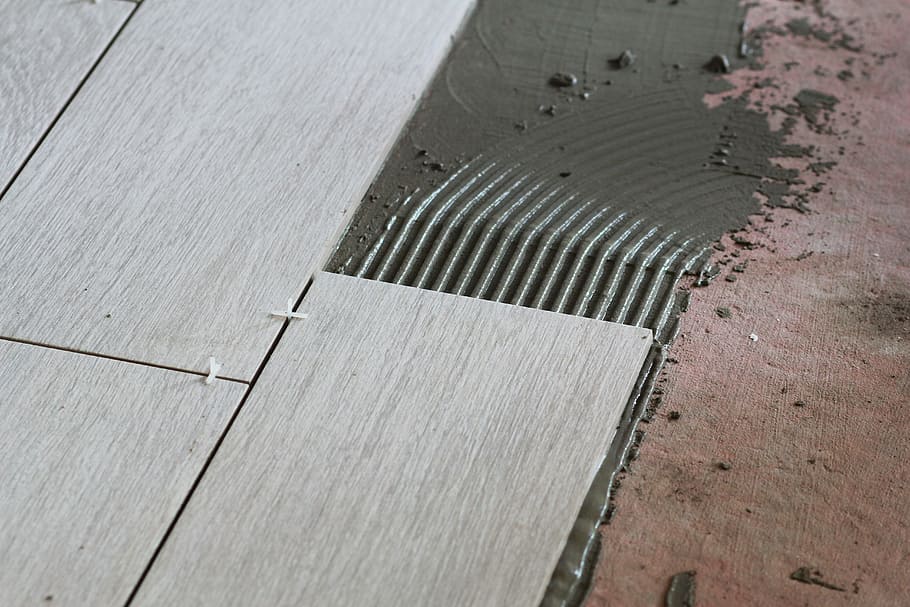You’ve chosen to install tiles in your home. Before you start the work, here are some tips. Read this article, and you will know more. The installation of tiles must take into account the size, shade, and choice of tiles. For this operation, two elements are fundamental: The location outside or inside and the destination to which the tiles will be laid (bedroom, living room, bathroom, etc.) So, without further ado, let’s dive into this blog and learn some of the things you need to know about tile installation.
Laying tiles: an aesthetic and technical choice

There are several ways to lay tiles on the floor. Straight or diagonal laying, the aesthetic results are different depending on the tile format and the configuration of the premises. Indeed, the installation of tiles requires some notions of space and the definition of the capacity of a room. In addition, the layout of the tiles is very complicated, especially in terms of implementation. Some patterns require expertise.
Criteria to optimize the layout
It is necessary to consider the layout by performing some tests before installing the tiles to optimize the quantity of tiles needed and to avoid losses. There are several important aspects to tile installation:
-
- The uniformity of the joints on the whole surface
-
- The main axis of the room must be proportional to the layout of the joints
-
- In the most exposed areas, discontinuities must be avoided
The different types of tile installation
The carpet installation
This pattern uses plain and patterned tiles to create borders and a tiled carpet design in the middle of the room.
The cabochon pattern
A cabochon is used to create a regular pattern. This pattern is for square tiles with cut sides. But there are also tiles without cut sides that reproduce an identical pattern without the use of studs.
Modular installation
The tiles are arranged in different formats and combined in a specific pattern. The Roman opus is the traditional pattern. It requires the expertise of a professional.
Straight or checkerboard pattern

The tiles are placed at right angles. This method is the easiest to achieve, but requires some precision in alignment.
Diagonal laying
This method aligns the tiles at a 45° angle to the door threshold. This technique allows you to conceal any defects in the room.
Staggered tile joints
As the name implies, the tiles are placed 1/3, 1/2, or 1/4 apart.
Gluing the tiles
After cleaning the screed, it is necessary to put the glue with a spatula taking into account the desired thickness. The glue should be applied in circular motions to obtain a regular bed.
Sealed installation, glued installation: what is the difference?
Sealed installation
This type of installation allows tiles to be fixed on a fresh screed. Among its advantages, it can conceal the flatness defects of an irregular floor. It requires little time to lay the tiles directly. It offers a fairly satisfactory level of resistance to loads thanks to the thickness of the tile-slab complex. Basically, the sealed installation is intended for large tiles.
Glue-down installation

This is the best installation technique for interior tiles. On new support or on existing floor coverings, tiles can be fixed with mortar glue. Although the operation requires little knowledge, its success depends on the flatness of the floor. Note that all tile formats are compatible with a glued installation. However, the larger the tile size, the more important it is to level the surface.
If you want to obtain impeccable tiling, do not hesitate to ask the advice of a specialist in tile installation, facade renovation, insulation, etc.
Sound off in the comments section below, and tell us what you want to read next and if you want to read more about tiles.


